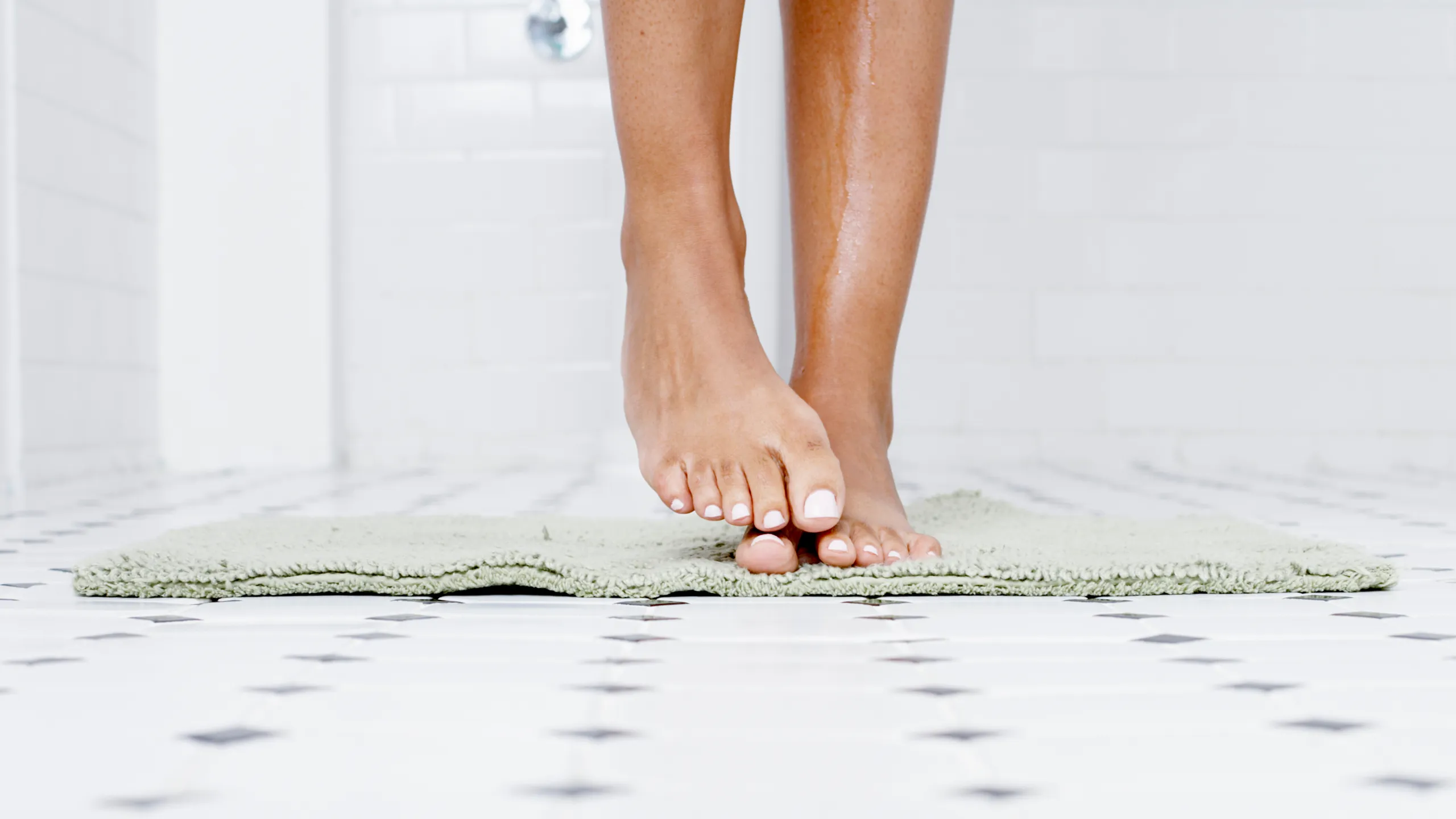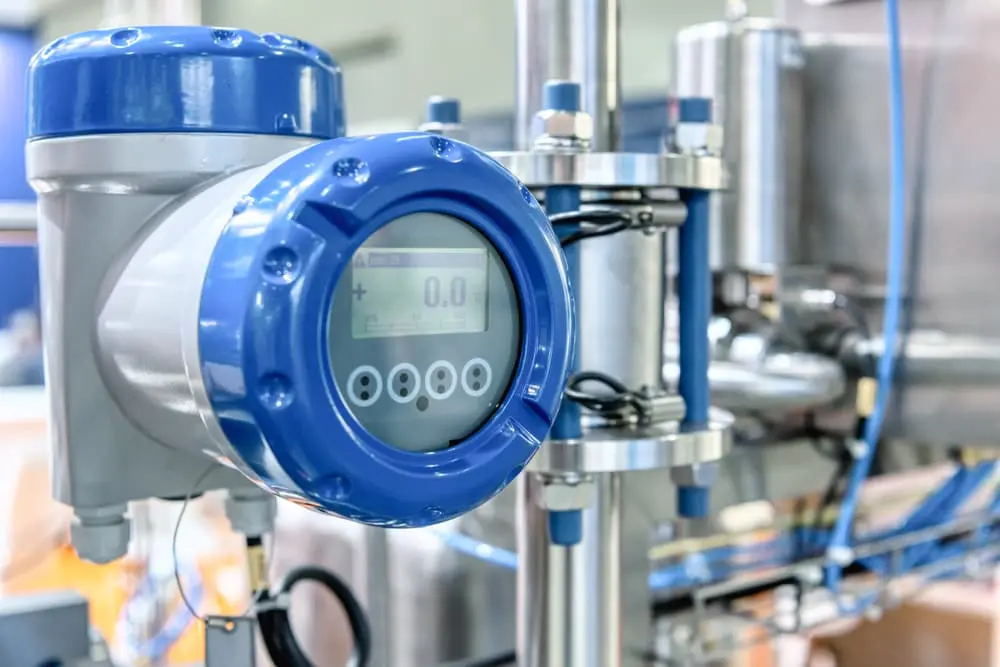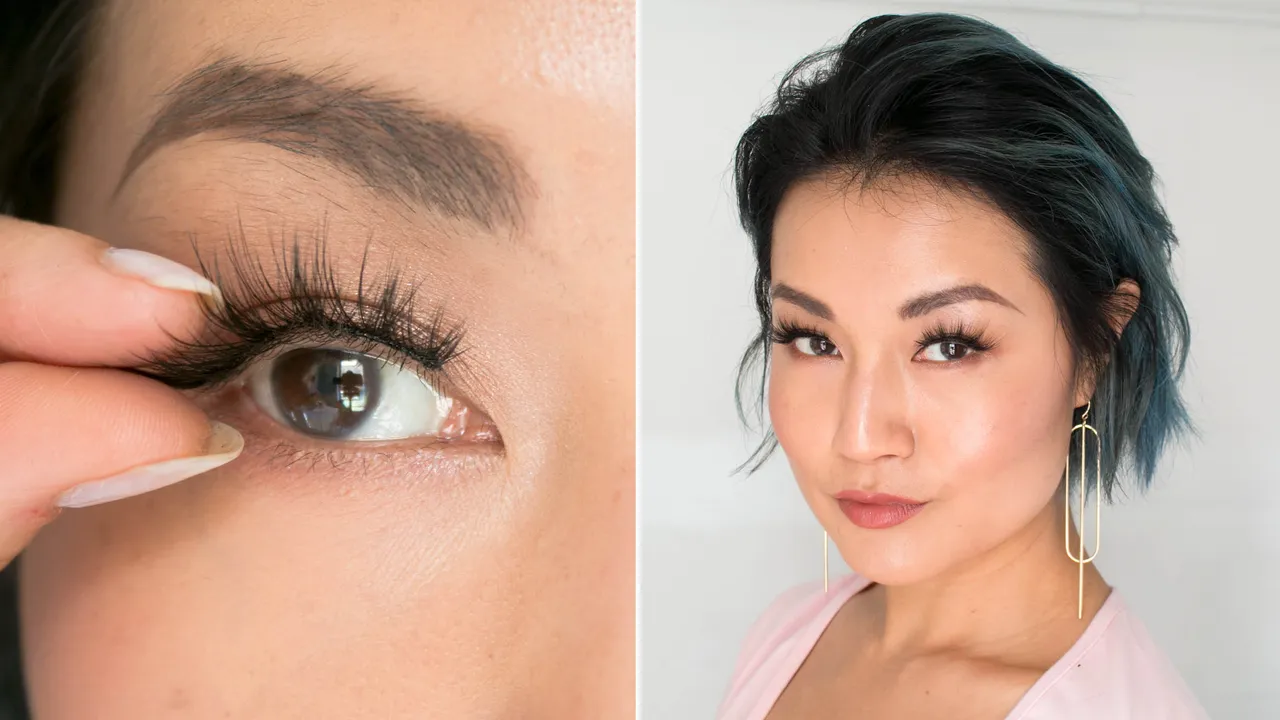
Moisture between the toes can lead to discomfort, infections, and skin problems. Often caused by excessive sweating, poor hygiene, or conditions such as athlete’s foot, this issue requires attention to prevent complications. Here’s a comprehensive guide on how to treat and prevent moisture between the toes.
Causes of Moisture Between the Toes
- Sweating: Excessive sweating, especially during physical activities or in hot weather, can cause moisture accumulation.
- Poor Hygiene: Not washing and drying feet properly can lead to moisture buildup.
- Footwear: Wearing non-breathable shoes or socks can trap sweat and moisture.
- Medical Conditions: Conditions like athlete’s foot, fungal infections, or hyperhidrosis (excessive sweating) can cause or worsen moisture problems.
Symptoms and Complications
- Discomfort and Itching: Persistent moisture can cause itching and discomfort.
- Odor: Bacteria thrive in moist environments, leading to unpleasant foot odor.
- Skin Maceration: Prolonged exposure to moisture can cause the skin to soften and break down.
- Infections: Fungal infections like athlete’s foot can develop and spread, leading to further complications.
Treatment Options
1. Maintain Good Foot Hygiene
- Daily Washing: Wash your feet daily with mild soap and warm water.
- Thorough Drying: Ensure you dry your feet thoroughly, especially between the toes. Use a soft towel or consider using a hairdryer on a cool setting for hard-to-reach areas.
2. Use Antifungal Products
- Topical Creams: Apply over-the-counter antifungal creams or powders to the affected areas.
- Medicated Sprays: Use antifungal sprays that can reach between the toes easily.
- Prescription Treatments: For severe cases, consult a healthcare provider for prescription-strength antifungal medications.
3. Wear Appropriate Footwear
- Breathable Shoes: Choose shoes made from breathable materials like leather or mesh that allow air circulation.
- Moisture-Wicking Socks: Wear socks made from moisture-wicking materials such as wool or synthetic blends designed to keep feet dry.
- Alternate Footwear: Rotate shoes regularly to allow them to dry out completely between uses.
4. Foot Powders and Antiperspirants
- Foot Powders: Apply foot powders to absorb moisture and reduce friction between the toes.
- Antiperspirant Sprays: Use antiperspirant sprays designed for feet to reduce sweating.
5. Home Remedies
- Baking Soda Soaks: Soak your feet in a solution of warm water and baking soda to help dry out the skin and reduce odor.
- Vinegar Soaks: A mixture of vinegar and water can create an acidic environment that discourages fungal growth.
- Cornstarch: Sprinkle cornstarch between the toes to absorb moisture.
Prevention Tips
- Maintain Hygiene: Regularly wash and thoroughly dry your feet.
- Proper Footwear: Wear breathable shoes and moisture-wicking socks.
- Regular Inspections: Check your feet regularly for signs of infection or excessive moisture.
- Stay Dry: Change socks during the day if they become damp and avoid walking barefoot in public places like locker rooms and swimming pools.
When to See a Doctor
If you experience persistent moisture, itching, redness, or signs of infection despite following these measures, it’s crucial to consult a healthcare provider. They can provide tailored treatment options and check for underlying conditions.
Moisture between the toes can be uncomfortable and lead to more serious issues if not addressed. By maintaining good hygiene, using appropriate footwear, and utilizing antifungal treatments, you can effectively manage and prevent this common problem. Remember, proactive care and regular monitoring are key to keeping your feet healthy and dry.






